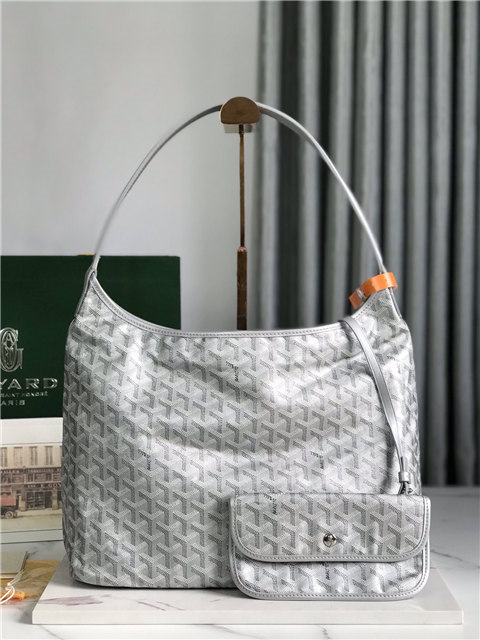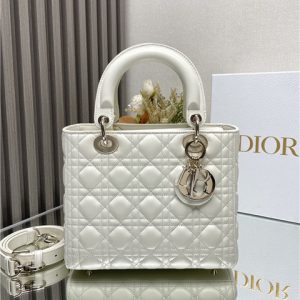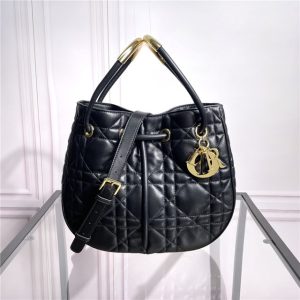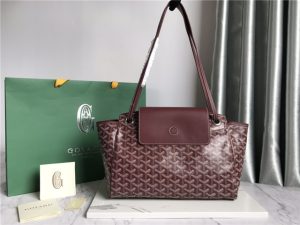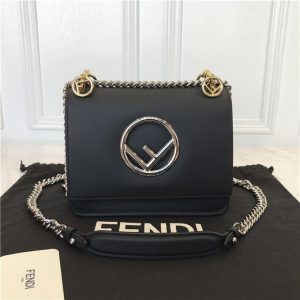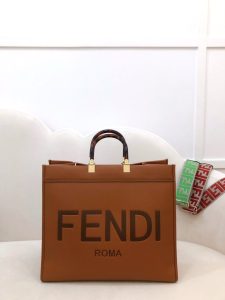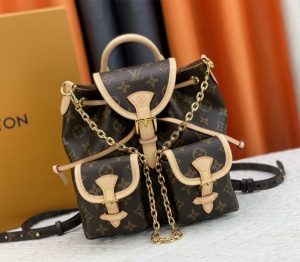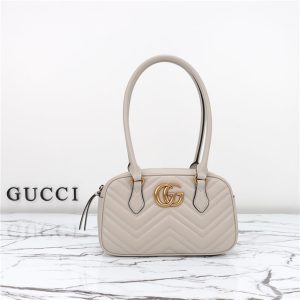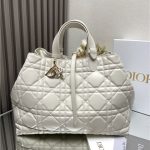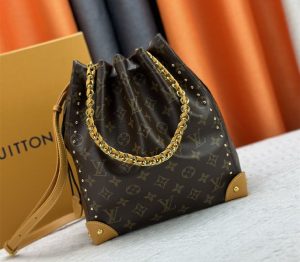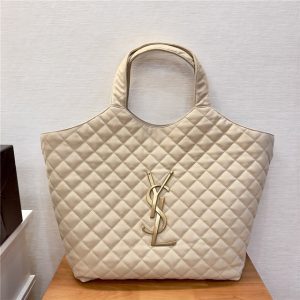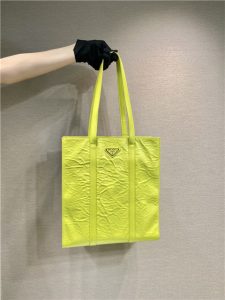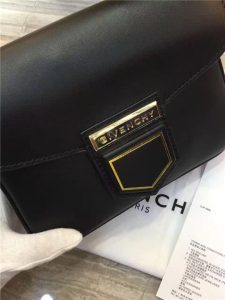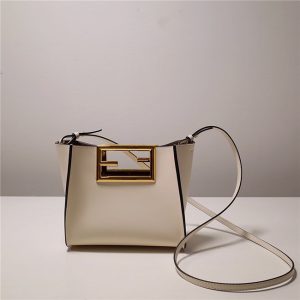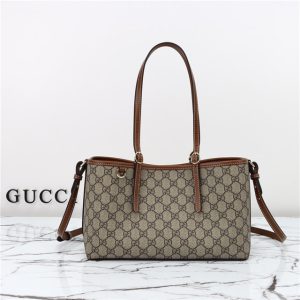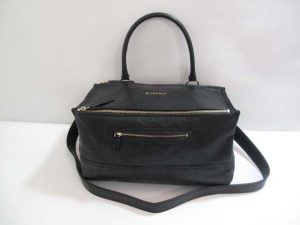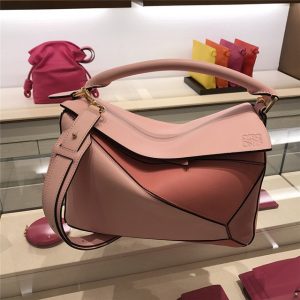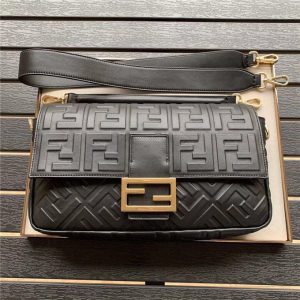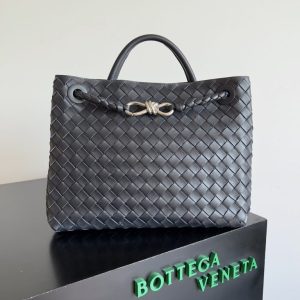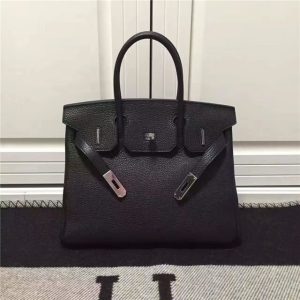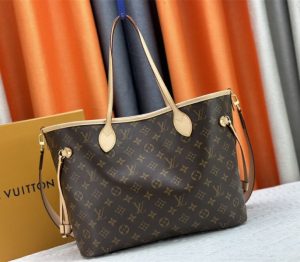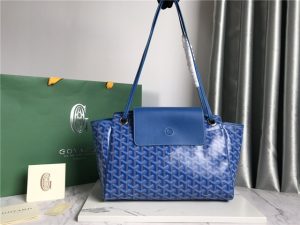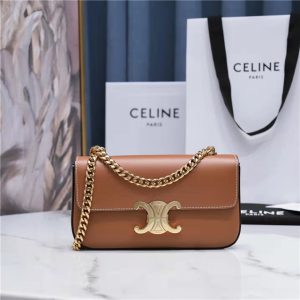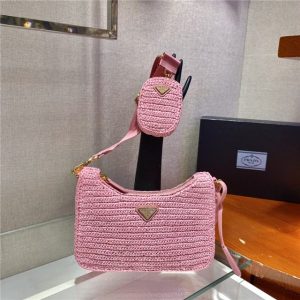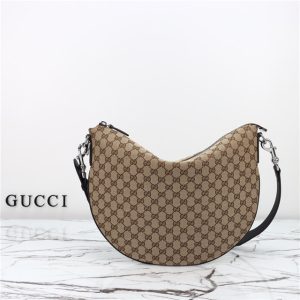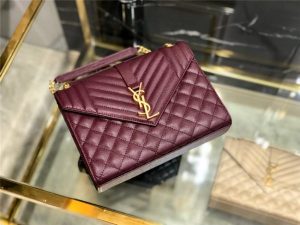So, basically, you’re scrolling through AliExpress, right? And BAM! There it is. A “YSL” tote bag. Looks pretty darn good in the photos. Like, *really* good. Suddenly, that whole “saving for retirement” plan starts feeling…optional. Temptation city, population: you.
The thing is, these aren’t *actually* Yves Saint Laurent. Duh. They’re replicas. Copies. Inspired-bys. Whatever you wanna call ‘em, they’re imitations. And the quality? Well, that’s where things get… tricky.
I mean, some of them, honestly, are surprisingly decent. Like, if you’re just wanting the *look* of a YSL bag without dropping a month’s rent on it, maybe it’s worth a punt. I’ve seen some folks online swear by certain sellers, saying the leather feels okay-ish, the stitching is… mostly there, and the YSL logo isn’t *completely* wonky. But then again, you might end up with a bag where the zipper breaks after a week, and the “leather” smells suspiciously like plastic and despair. It’s a gamble, innit?
And those “sandalias opyum ysl replica” – oh boy. Those are usually even more hit-or-miss. Imagine strutting your stuff in what you *think* are super chic YSL heels, and then the heel snaps off mid-stride. Awkward doesn’t even begin to cover it.
AliExpress customer service… well, let’s just say it’s an adventure. Disputing a bad purchase can be a whole thing. You gotta provide evidence, haggle, maybe even send it back (which can cost you more in shipping than the bag itself was worth!). The “buyer protection” is there, in theory, but using it can feel like trying to navigate a particularly confusing maze, especially when you’re not fluent in the language of international online retail.












